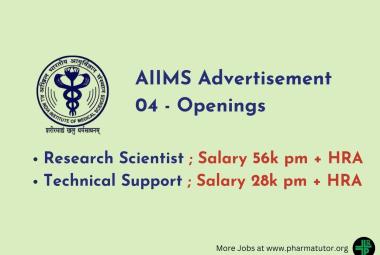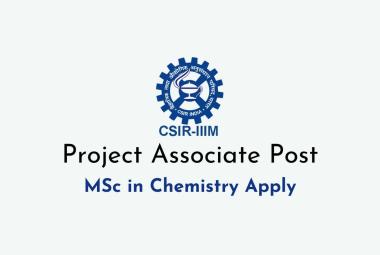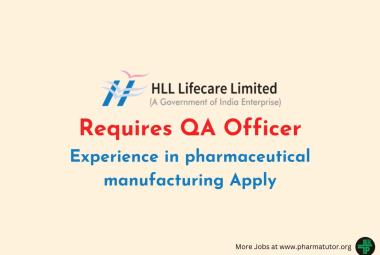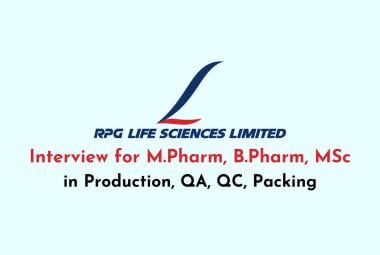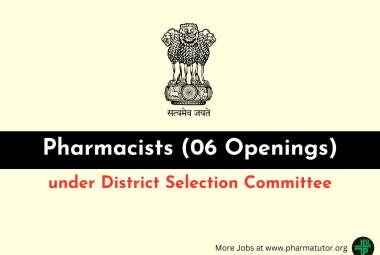Does Stem Cell Therapy for Diabetic Mellitus
About Author: Rinki Verma (Research Fellow)
Center of Experimental Medicine and Surgery,
Institute of Medical sciences,
Banaras Hindu University,
Varanasi-221005, India
Abstract
Diabetes mellitus (DM) has reached endemic scope and is an important risk factor for heart failure (HF).Itself indicated as a group of different disease due to destruction of insulin. A large number of therapy available in the management of this but most prominent therapy uses due to their unique properties; stem cell therapy. A stem cell with extensive proliferative nature may provide a precious source of islet progenitor cells. Through transplantation of insulin-producing cells offers a promising therapy to profligate diabetes. A number of studies have demonstrated that a progenitor/stem-cell population can be expanded in vitro to generate large numbers of islet progenitor cells. However, efficient and directed differentiation of these cells to an endocrine pancreatic lineage has been difficult to achieve. They review growing of the islet cells obtained from embryonic stem cell, or adult human tissues which produced insulin to treatments of diabetic patients.


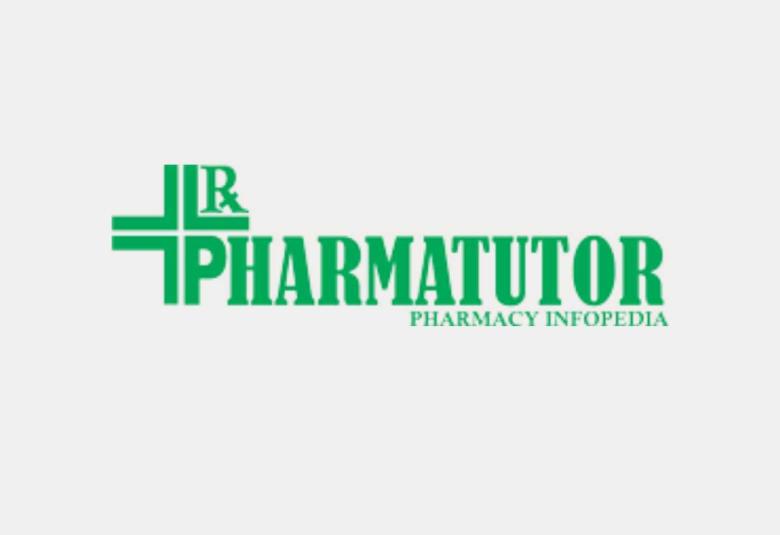
 About Author:
About Author: About Authors:
About Authors: